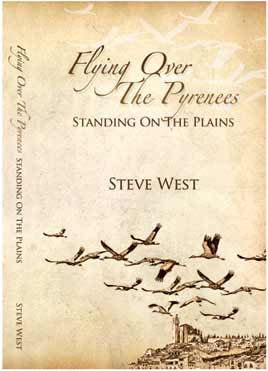FAMOUS BIRDING QUOTES
” Do be do be do ” Frank Sinatra, dumbstruck, after having stumbled across a mind-shattering rarity.
” Romeo, Romeo, wherefore art thou Romeo ? ” Juliet, desperately hoping that her boyfriend Romeo would return before the Rose Breasted Grosbeak that was hopping around in a bush only metres away (and that her loved one had trekked off 4 miles away to the headland to try and find) disappeared.
” We are not amused ” Queen Victoria on being regretfully informed that hers was not the biggest life list in the British Empire.
” We’ll find them on the beaches ” W.Churchill predicting an auk wreck on the east coast.
” I don’t remember ” R.Reagan when asked to describe the characteristics of the bird which he had claimed as the first Blue Rock Thrush for the American Continent.
” You’ve never had it so good ” Harold Macmillan addressing the nation’s birdwatchers to assert that it had been one of the best years on record for Nearctic passerines.
” To be or not to be, that is the question ” Hamlet, Prince of Denmark, deeply affected by his 15th successive dip. Wishing to avoid exposure to the ridicule of his birdwatching colleagues, he is caught up in an existentialist debate.

